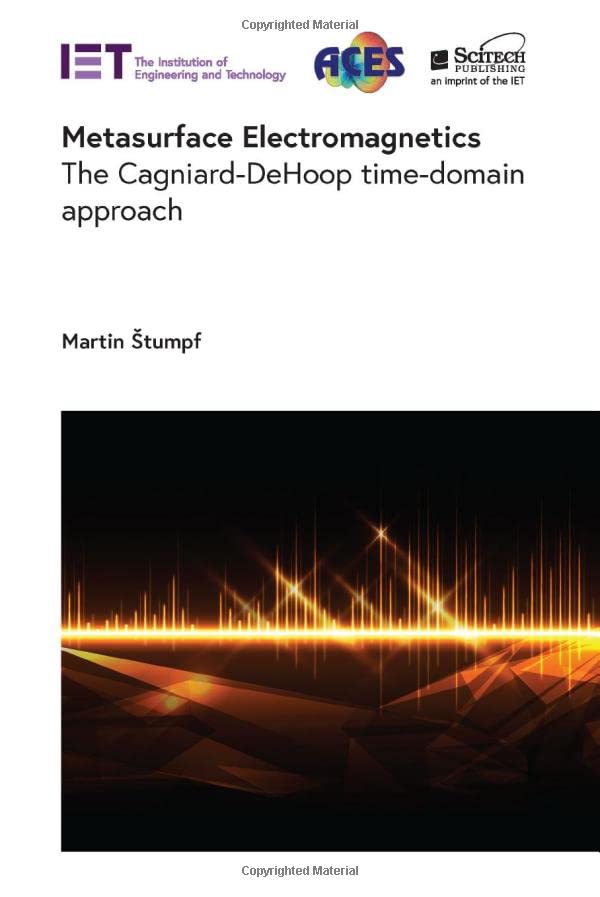

Most ebook files are in PDF format, so you can easily read them using various software such as Foxit Reader or directly on the Google Chrome browser.
Some ebook files are released by publishers in other formats such as .awz, .mobi, .epub, .fb2, etc. You may need to install specific software to read these formats on mobile/PC, such as Calibre.
Please read the tutorial at this link: https://ebookbell.com/faq
We offer FREE conversion to the popular formats you request; however, this may take some time. Therefore, right after payment, please email us, and we will try to provide the service as quickly as possible.
For some exceptional file formats or broken links (if any), please refrain from opening any disputes. Instead, email us first, and we will try to assist within a maximum of 6 hours.
EbookBell Team

5.0
110 reviewsThe book is entirely dedicated to the exploration of time-domain electromagnetic fields in the presence of thin, high contrast sheets, with an emphasis on metasurfaces combining magnetic and dielectric properties.
Since the number of problems that are amenable to exact solutions in terms of analytic functions is limited, the book's analysis is not restricted to analytical methods only, attention is paid to the development of computational and approximate techniques too. All the solution methodologies presented in the book heavily rely on the Cagniard-DeHoop technique. Regrettably, perhaps because of its origins in seismology, this powerful mathematical tool is still not fully appreciated in the electromagnetics and antenna community. It is hoped that this book will demonstrate the truly broad applicability of the Cagniard-DeHoop technique to achieving both analytical and numerical time-domain solutions. The book is for advanced researchers in computational electromagnetics and those looking for new approaches to modelling of metasurfaces.
The book also includes a foreword from Professor Adrianus T. de Hoop, the originator of the Cagniard-DeHoop technique, who ingeniously simplified a joint transform initially put forward by the French geophysicist Cagniard.